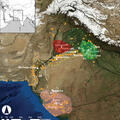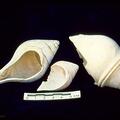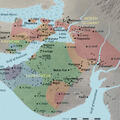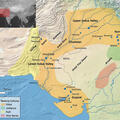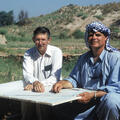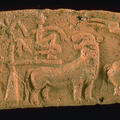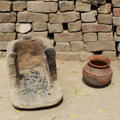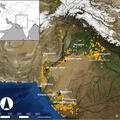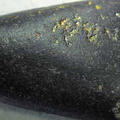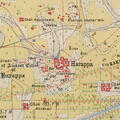Looking beneath the Veneer Thoughts about Environmental and Cultural Diversity in the Indus Civilization
"The recognition of variation and diversity [in the ancient Indus civilization] has encouraged a gradual, though not universally accepted, shift toward the interpretation that certain categories of Indus material acted as ‘a veneer… overlying diverse local and regional cultural expressions'," write the authors.

